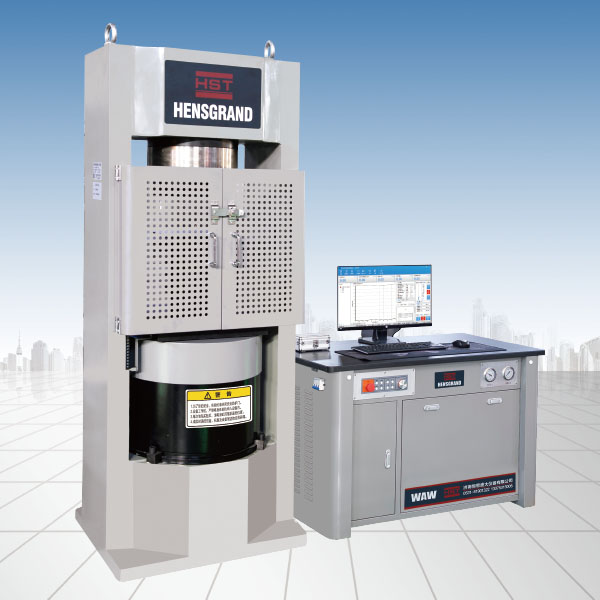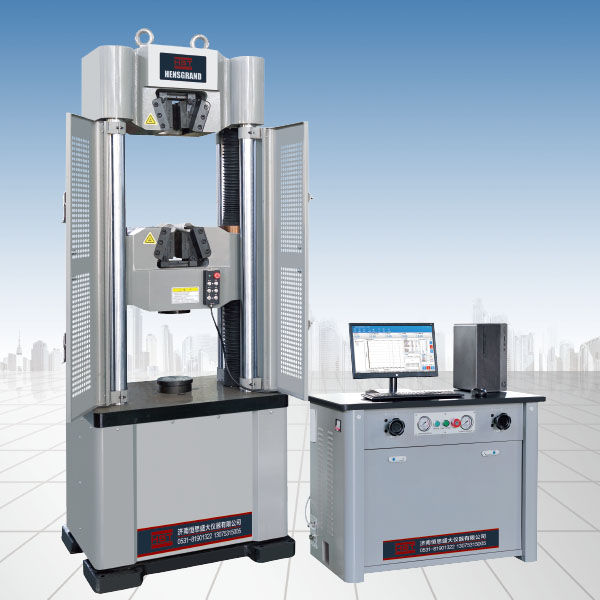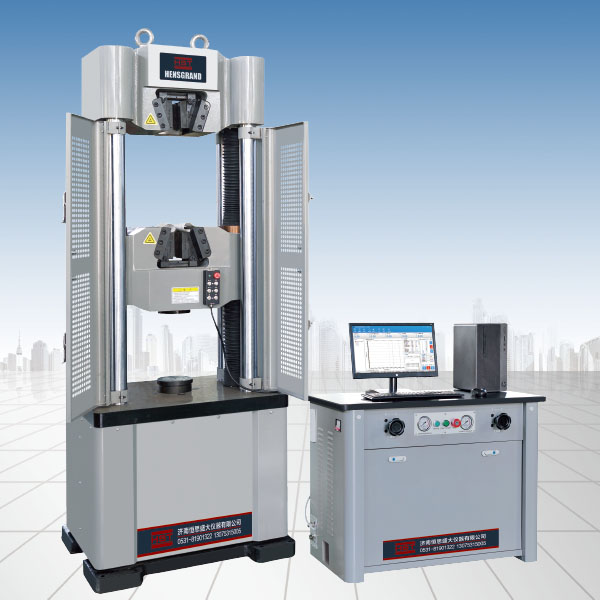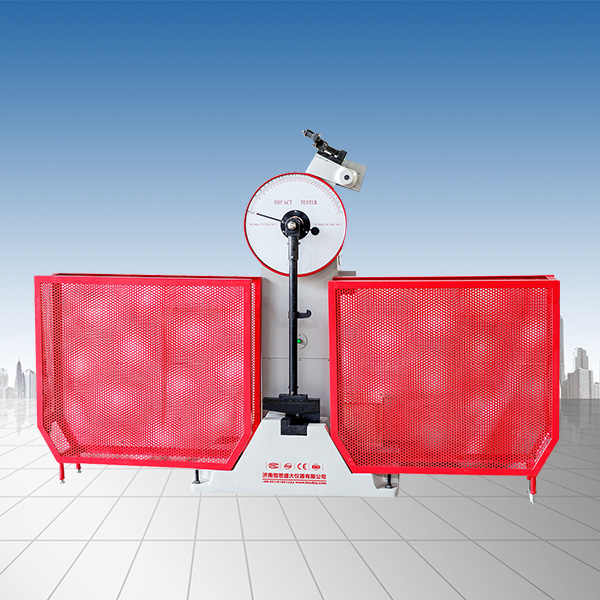Company News
What are the problems with the material yield strength?
Release time:2018-11-23 source:Jinan Hengsi Shanda Instrument Co., Ltd. Browse:
There are generally the following problems when determining the yield strength of the material:
1. Confusing the yield point of metal materials with the yield point of plastics. Since the properties of metal materials and plastics are very different, the definition of their yield is also different. For example, metal materials define the concepts of yield, yield above, and yield below. Plastic only defines the concept of surrender. In addition, the yield strength of metal materials must be less than the ultimate strength, while the yield strength of plastics may be less than the ultimate strength, or may be equal to the ultimate strength (the two are the same point on the curve). Due to unfamiliarity with standards, some undeserved errors often occur in the output of test results, such as outputting the yield concept of plastic (upper yield) as the yield concept of metal material (usually lower yield) or outputting the strength of the unyielding metal material according to the yield strength definition of plastic as the yield value of metal material, resulting in a joke that the yield value of metal material is consistent with the value. To sum up, yield value plays a very important role in the mechanical properties test of materials, but at the same time it faces many problems when obtaining. Therefore, whether it is the formulation department of the national standard, the research and development manufacturers of test machines, or the use department of the test machine, they should start from their respective perspectives and strive to solve the existing problems in order to achieve accurate, fast and convenient acquisition of the yield point and create good conditions for the safe use of materials.
2. Treat the trend of discontinuous yield as having yield points. The national standard definition of yield points out that when deformation continues to occur, while the force remains unchanged or fluctuates, it is called yield. However, this phenomenon occurs in some materials. Although deformation continues to occur and the force value continues to increase, the increase in the force value takes place from large to small and then to large. From a curve, it is a bit like a tendency to yield, and does not meet the definition of constant force value during yield. As mentioned in the third category of influence, since there is no quantitative index regulation on the condition of "constant force value", debates often arise about whether this phenomenon is yielding and how to obtain yield value.
3. Confuse non-proportional stress and yield. Although non-proportional stress and yield are indicators of the transition state of the elastic stage and the plastic stage of the reacting material, the two are essentially different. Yield is the inherent properties of the material, and the non-proportional stress is calculated by artificially specified conditions. When there is a yield point in the material, there is no need to obtain non-proportional stress. Only when the material does not have a clear yield point are non-proportional stress. Some testers did not understand this deeply, thinking that the yield point, upper yield, lower yield, and non-proportional stress exist for each test, and all of them need to be obtained.
Recommended productsPRODUCTS























